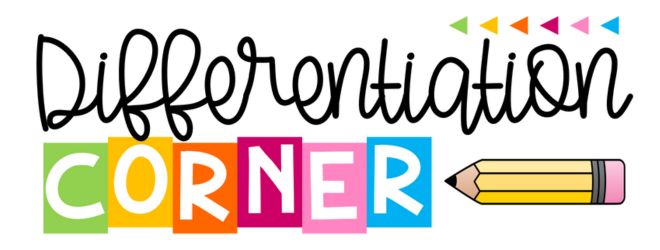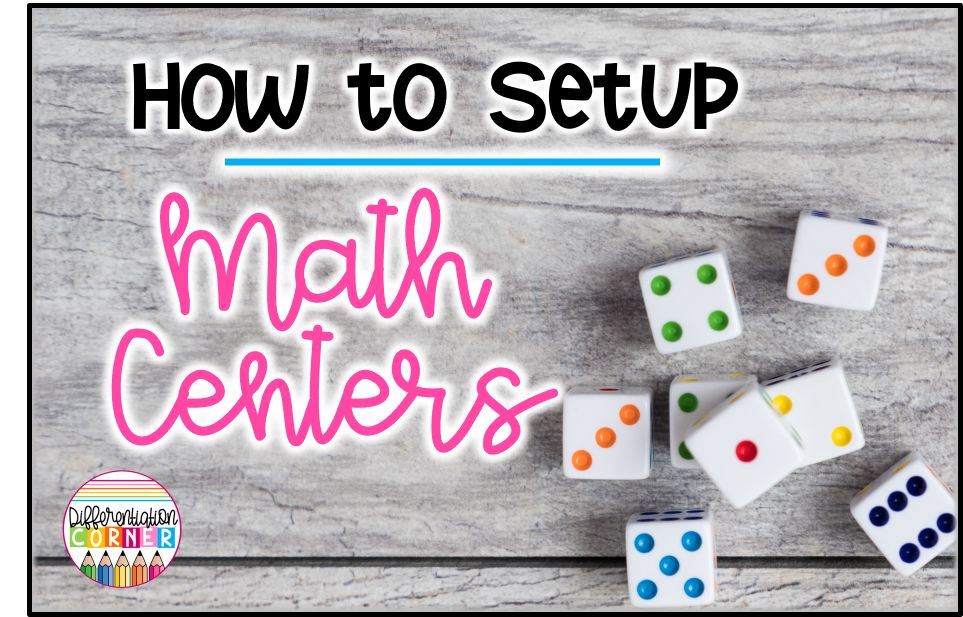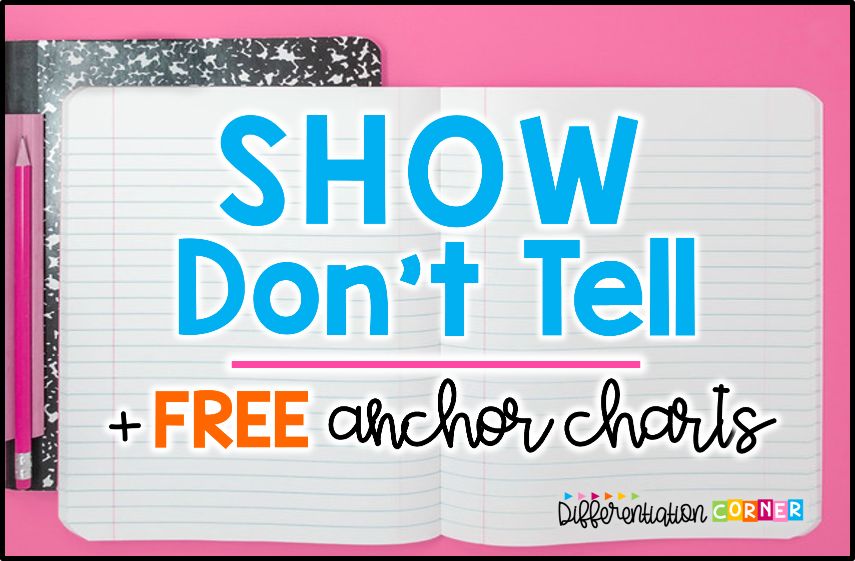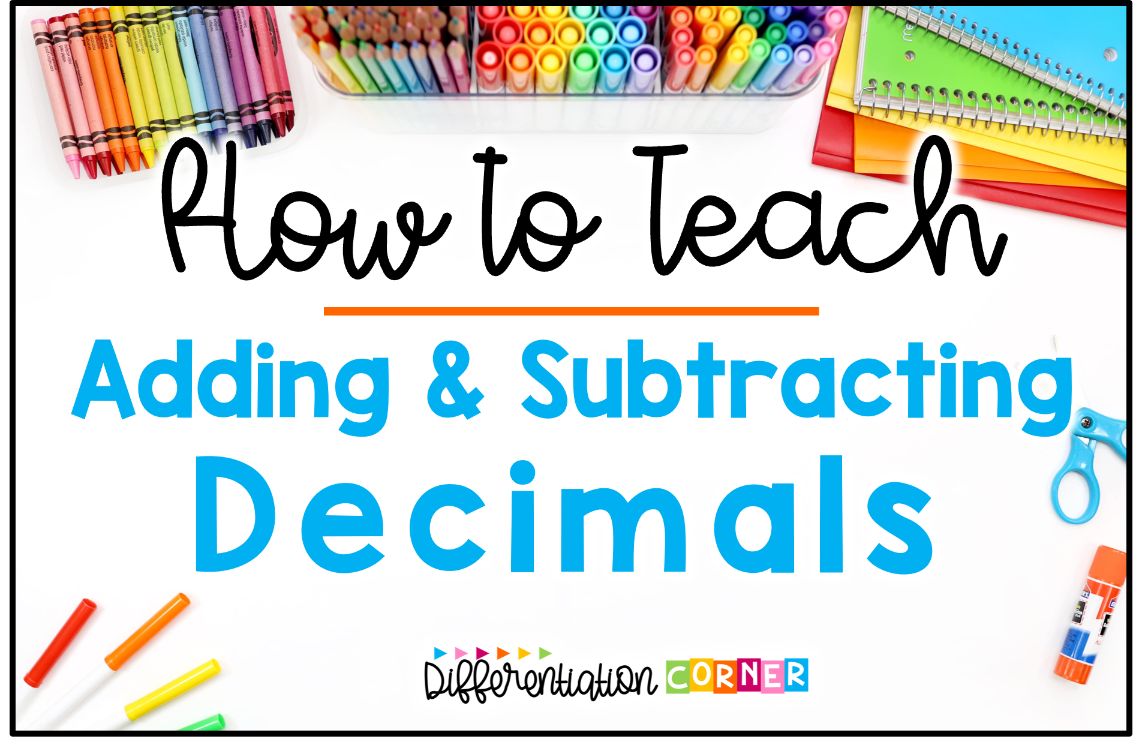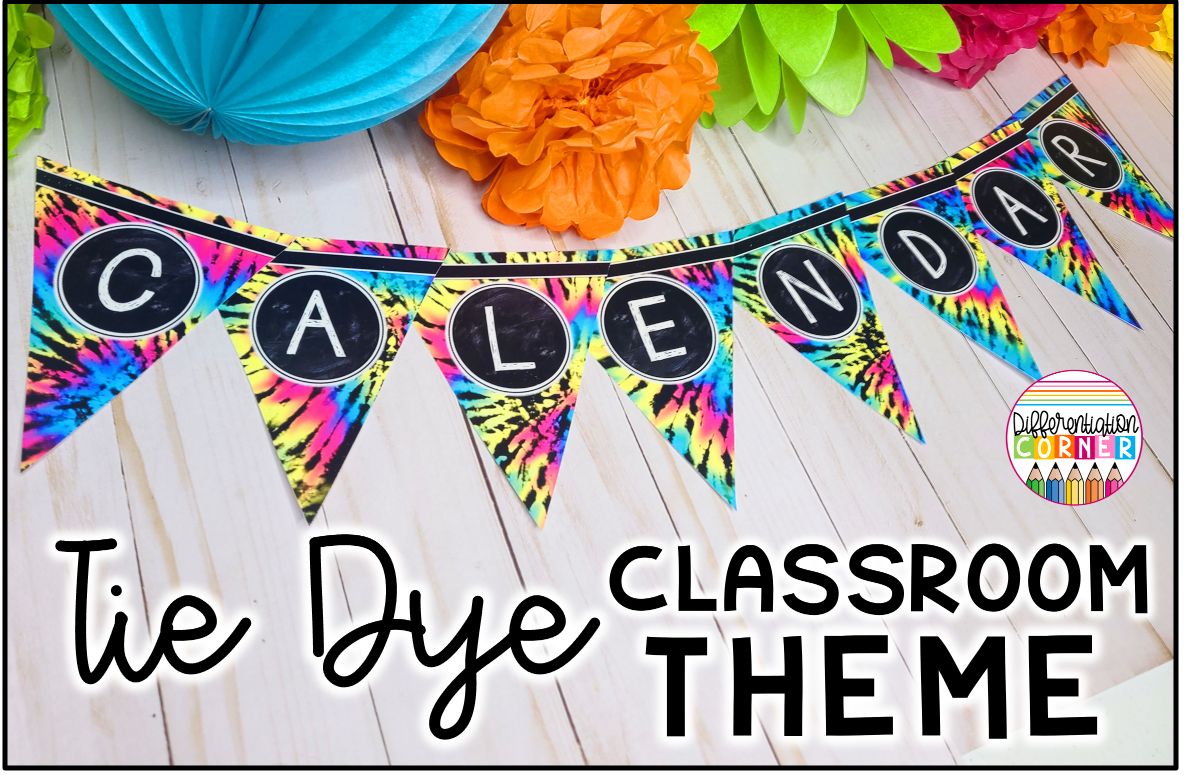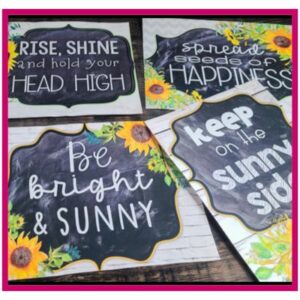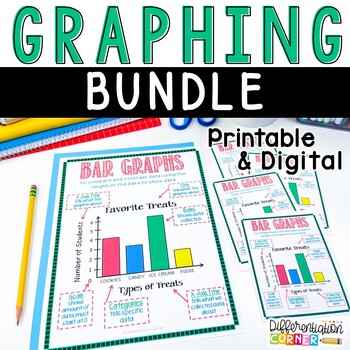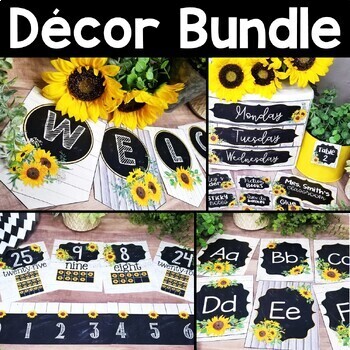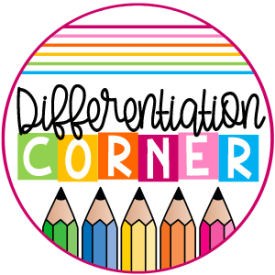How to Setup Math Rotations for Success
What does your school call them? Math workshop, math stations, math centers, math rotations? And how do centers work in math anyway? Whatever you call them math centers can be powerful teaching tools in your classroom. I can hear the dreaded sighs now! As elementary teachers, we know that there is a ton going on behind the scenes with math learning stations!
I have good news. Math stations don’t have to be fancy, complicated or Instagram worthy! You can build math centers to practically run themselves while you work with small guided math groups! I’m going to answer the top questions I get about how to manage math centers in this blog post.
Why Are Math Centers Important?
It is nearly impossible to meet all the needs of your students in whole group math instruction. Math workshop allows teachers to differentiate their instruction when meeting with small groups of students with the same needs. And the most effective math learning stations will support all learning styles: auditory, kinesthetic (hands-on), visual, etc.
Math centers allow students to practice previously taught concepts and skills to deepen their understanding through fun and engaging activities with their peers. Working with a partner or a small group allows students to talk about their thinking and hear how their classmates think through math problems. Students apply math vocabulary words and use problem solving strategies. Math center games are often so much fun that students dont even realize just how much they’re learning!
How Do I Setup My Math Rotations?
Setting up your math learning centers is different in kindergarten than it is in 3rd grade. At any grade level, it depends on a few things.
- How much time do you have?
- How many math centers will you have?
- How often will you change out centers?
- How often will you meet with your students?
There is no one right way or wrong way to do math rotations or math centers. Expect some trial and error and give yourself plenty of grace while you’re figuring out what works for your class.
How Long Should Math Rotations Be?
Early elementary students can be expected to work independently for about 10-15 minutes, while upper elementary students should be able to handle 20-25 minutes of work time without teacher support. I use a timer to signal when its time to switch rotations. I also like to give a two minute heads up to give students time to clean up and process the fact that they are getting ready to transition to the next station. Video timers or digital timers displayed on your interactive whiteboard are great for this! For younger grades, you will also need to allow a minute or two between rotations for students to transition to the next learning center.
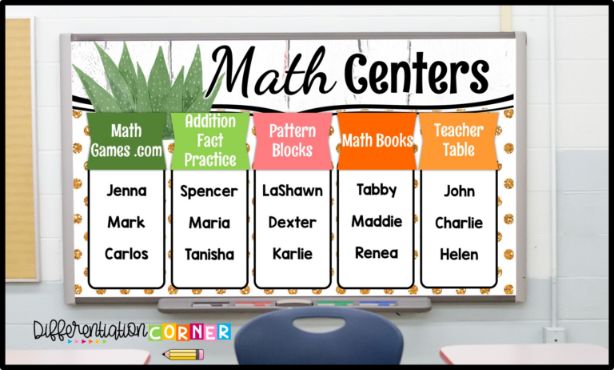
How Do I Group My Students For Math Centers?
Flexible ability groups! It is best practice to teach guided math groups with students with similar needs in each math unit. Students that are at approximately the same level can have appropriate discussions at their math centers that build upon their current knowledge and understanding. It is important to keep these groups fluid and flexible. Students that are struggling with multiplication are not necessarily low when it comes to reading and analyzing bar graphs.
I use student pre-assessments when determining math groups for math rotations. What if your curriculum doesn’t provide pre-assessments? Don’t make this more stressful than it has to be. A simple 5-10 questionnaire or work sample will give you a great idea of their understanding.
Use previous performance to group your students for math rotations. Teachers know their students well after school has been in session a while. So, in my opinion, there is no problem using your professional judgment when it comes to putting your students into math groups. One of the good things about flexible groups is that you can even move students even after the unit and rotations have begun.
In my experience, 4 students is just the right amount for a math group. This allows everyone to participate in rich discussion around the math concept. No one seems to be left out of activities and personality dynamics just seem to flow better. If you have a large class you may have to have more than 4 students in your math rotation groups. You can always test group sizes and adjust accordingly.
How Do I Manage Math Rotations?
Two words. Routines and procedures. This is possibly the most important aspect of having effective math learning stations. Math rotation routines do not become successful overnight. It takes modeling and practice. And then maybe even some adjusting to get it just right. The key is to have clear expectations for students to follow. Students need to know what expected behaviors at each center looks like. Have discussions about appropriate voice levels for each center.
Start slow. During the first couple of weeks of school, I typically do not meet with a guided math group. I like to begin with all of my students working on the same activity or game so I can teach all the students the expectations at the same time. I spend this time walking around the room to monitor students and reinforce the routines and procedures for math centers.
After a couple of days, I split the class into two math groups and have two math rotations. I continue to observe students in their learning centers. As students show they’re ready, I will introduce more centers.

Math Rotations Routines and Procedures to Teach
- How to transition between rotations
- What to do if they finish a center early
- Where will they find the materials for the activity
- Where will they put their materials when they’re finished
- How will students be accountable for their experiences
- What to do if they have a question
- What if a classmate is not following directions
What Types of Math Centers Should I Have?
There are many types of math rotations. Decide what is age appropriate for your students, and your learning targets for the unit, and any remediation needed. Think about what materials your students will need, and if they will need to turn in a completed recording sheet or project.
Meet With The Teacher
This math rotation is where I meet with a small group of students to reinforce the lesson taught in whole group. For struggling students, I could use concrete manipulatives and more examples to reteach the lesson in a different way. For my high flyers, I can enrich and extend the lesson. Students are able to show me their strengths and weaknesses.
Hands On Math Game or Activity #1 & #2
The first hands on math center is hands on and reviews a skill or concept that has already been taught. The second hands on math rotation game or activity works on the current skill being taught in our math unit. Usually these each have an accountability piece like a recording sheet. Students turn these into a basket on the counter beside my desk. Math task cards are a super easy way to implement these centers!
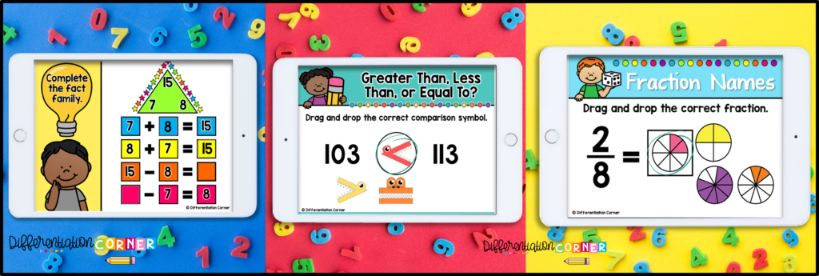
Technology
Students use an iPad or Chromebook to sharpen their math skills. There are tons of websites and apps available to practice math facts or specific skills. My students use this math rotation independently at their seat. Some schools have specific websites such as zearn.com or prodigy.com that can be used as a technology center as well! You can even allow students to use your smartboard to complete a digital math game as a technology math rotation. I personally use boomlearning.com for the digital math task cards or BOOM cards. These babies are self checking and guide students to practice math skills correctly without teacher supervision. Genius! Try a set for free.
Fast Facts
This math rotation works on practicing and reviewing basic addition, subtraction, multiplication or division facts. The activities in this center vary from week to week and repeat from time to time. I include hands on math games, familiar websites, task cards, and fact flash cards. This math rotation is a class favorite!
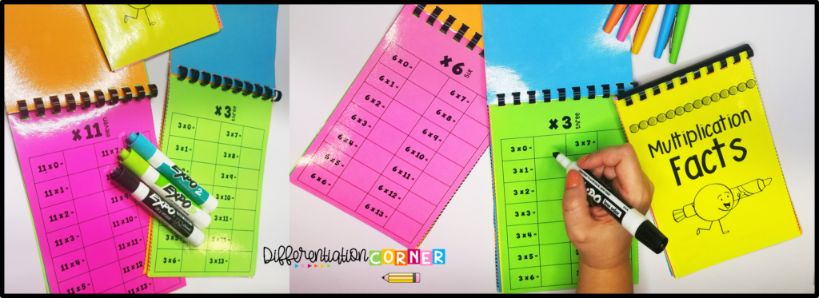
I hope this has helped you with how to structure your math centers and given you plenty of math center ideas! Don’t be afraid to give them a whirl in your classroom and let me know how it goes!
Click here for how to teach your students how to solve two step word problems!
